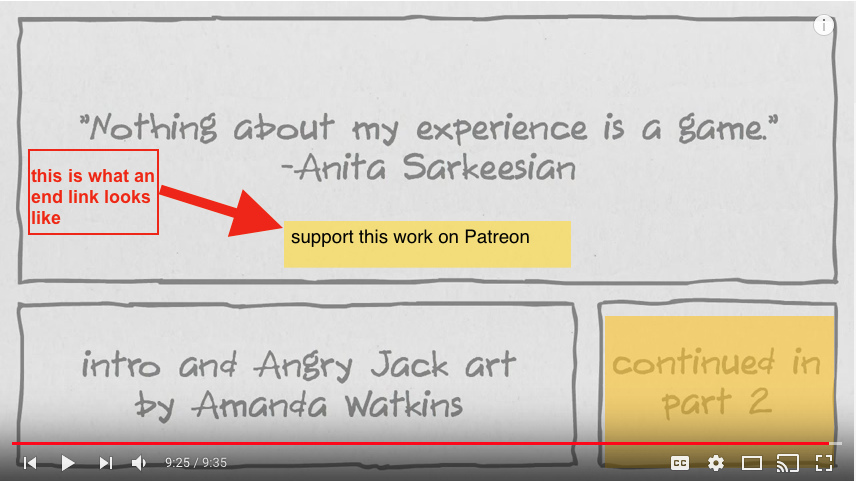Earlier today, some YouTube content creators got pissed. Really pissed.
Oh Fuck You, Google. Eat shit and die, you fucking despicable cock goblins. https://t.co/nH2TPfnxMn
They were (wrongly, it turns out) under the impression that in order to link to Patreon crowdfunding accounts or other personal websites from inside their videos, YouTube was going to require them to run ads.
YouTube might be the tech company that is most out of touch with their users. Awful management. I don't get it. https://t.co/vZqimcm2dY
this is only going to influence people to abandon YouTube https://t.co/5TaZ7Un6wH
YT can obviously afford to turn the screws here, but this is incredibly creator-hostile. https://t.co/6fUMJZGp1T
But YouTube says it’s not requiring content creators to run ads, it’s only requiring them to join the YouTube Partner Program, which enables the possibility of running ads, but doesn’t require it.
Google says the new rules only apply to future content, not content that’s already been posted to YouTube. The purpose of the change, a spokesperson told BuzzFeed News via email, is to “curb abuse.” Asked what kind of end-link abuse Google is trying to curb, Google pointed to its community guidelines, which encourages users to follow “common-sense rules” and not post pornography, graphic violent content, hate speech, threats, copyright infringement, or content that encourage dangerous behavior. The idea is that, by requiring content creators to join the YouTube Partner Program, YouTube will have greater insight into what outside sites creators are linking to.
But some content creators are skeptical that curbing abuse is Google’s real reason for introducing the new requirement. In the past year, YouTube has taken steps to limit the kinds of content creators can monetize, a move which upset a number of users. That Google is now seizing more control over creators rubs some of them the wrong way.
“People hate YouTube,” said Victoria Rose, who runs gaming website Flying Courier, via DM. “YouTube’s been cutting off/restricting monetization, so people like something new to be mad at.”
As an alternative, content creators can still link to their Patreons (or their Etsy pages or Twitch sites or MySpace profiles) in their videos’ description boxes without becoming partners. They only have to join the program if they want to use the popular “end links” that pop up at the end of videos, and which content creators say are more effective. (Asked why end links are preferred to links in the description box, YouTuber Ian Danskin told BuzzFeed News via DM “Heh, because people actually click them.”)
What's an end link?

YouTubers were so worked up about this change because end links help some YouTube content creators grow their fan bases and make a significant amount of money on crowdfunding sites like Patreon.
If content creators want to use these end links, however, they are now required to join the YouTube Partner Program and turn on monetization. Google says that creators can choose which ads to monetize and have the option of not running ads on any videos.
The new rules also have a small catch: YouTube content creators with fewer than 10,000 total views across their channels were banned from joining the partner program back in April. At the time, Google said it was restricting access to the program in order to prevent copycat channels from making money off of stolen content. But the new rule requiring creators to join the partner program if they want to use end links effectively means that creators with smaller viewerships can’t use the end links at all, because their channels are too small to be allowed in the partner program. It’s a catch-22 that could make it harder for small-timers to grow their audiences anywhere other than YouTube, which could benefit YouTube in the long run.
